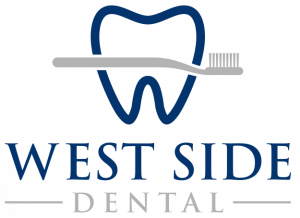Understanding How a Dental Laser Works
Laser Treatment

Lasers are used for all kinds of purposes in our daily lives. Everything from your CD player to the checkout at the grocery store relies on lasers. Medical and dental professionals have even begun to use the technology for a variety of procedures. To help our patients better understand how laser treatment works, we have prepared a brief summary of laser technology and its different applications.
How a Dental Laser Works
A medical or dental laser requires four separate components: an electrical source, a system of mirrors to guide the beam, a semiconductor to emit specific wavelengths, and fiber optics to transport the light energy. By harnessing this energy and manipulating its wavelength properties, a dental laser can effectively remove tissue without causing harm to the surrounding teeth and bone.
In 1991, the Food and Drug Administration (FDA) granted clearance for lasers in the use of soft tissue surgery. Now, the technology has become an essential part of many different dental procedures. Dental laser usage can fall into three main categories:
- Disease Diagnosis
- Soft Tissue Surgeries (lips, gum, tongue)
- Hard Tissue Surgeries (bone, dentin, enamel)
Laser Gum Disease Treatment
The Laser Assisted New Attachment Procedure (LANAP®) is an FDA-cleared method of gum disease treatment that uses laser technology to vaporize and eliminate infected tissue. This is accomplished thanks to the PerioLase® MVP-7™, a highly intelligent dental laser that can distinguish between healthy and diseased tissue. This allows for an unprecedented level of precision when operating on gum tissue.
Thanks to laser technology, patients no longer need to fear long or painful surgeries. LANAP® can eliminate up to 90% of bacteria and inflammation in just a single short session. For more information on laser treatment, contact us and schedule your consultation today!
